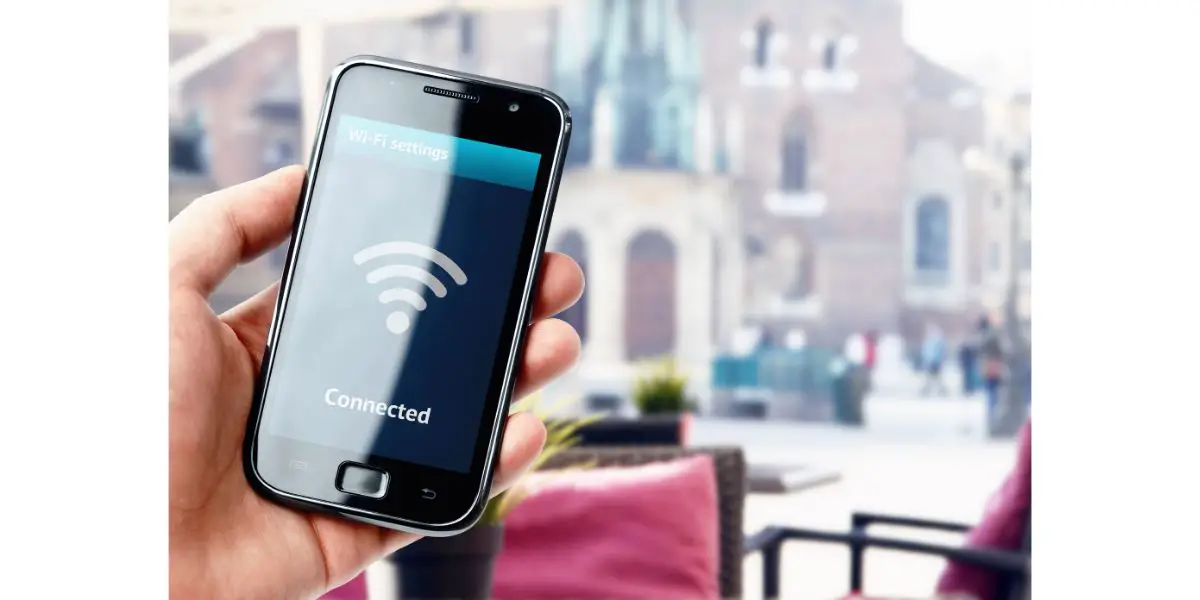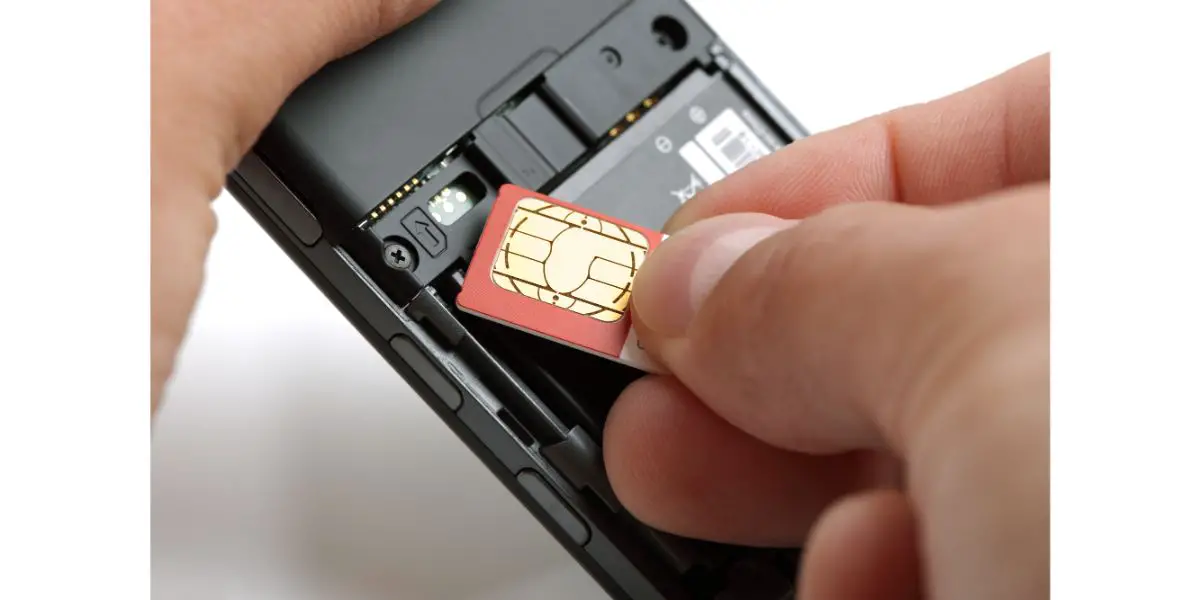Disclaimer: This post may contain affiliate links, meaning we get a small commission if you make a purchase through our links, at no cost to you. For more information, please visit our Disclaimer Page.
Almost since the day the first cell phone with a digital display was released, there’s been an indicator in terms of the signal strength. For the most part—for decades, really—that indicator has been in the form of vertical bars.
The more vertical bars, the better you’re signal. It’s that simple, and although the days of the dreaded “R” symbol are long behind us, there are still times when you get out of range of the nearest cell phone tower and get cut off.
We used to call them “dead zones,” and they still exist, although to a far lesser degree than ten years ago.
What doesn’t make sense is having three or four vertical bars at the top of your screen and no signal. It doesn’t make any sense, and even the slowest, oldest smartphones should be able to handle an accurate signal display. Right? Perhaps not, and here’s just a few reasons why.
Table of Contents
4 iPhone & Android Fixes To Full Bars But No Cell Service
1. Your Phone is Slow
That doesn’t mean your S23 Ultra or iPhone 14 Pro are garbage phones. But even these phones don’t exactly update when you pass from a good area into a dead zone. In fact, it may take them a full minute to get around to telling you there’s no signal.
Why? Well, the signal you use to talk on the phone isn’t the same signal you use to pull in your 5G or 4G LTE. It may take your phone a minute to figure out that the booming, incredible signal you had is now gone.
There are two ways to fix this and force your phone to acknowledge the situation, regardless of whether you’re an iPhone or Android user.
First, wait it out and let your phone catch up simply.
Dead zones are becoming fairly uncommon and you really have to be out there to encounter them more frequently.
The second option is to quickly turn on Airplane Mode, wait a second or two, and turn Airplane Mode back off. This will force your phone to update itself and reflect the most accurate signal information.
2. Your Network Settings
You’d be surprised what you can do on your phone with your butt cheek.
You can send texts, call people, browse the web, play games (very badly), play music, and watch movies to name a few. You can also mess up your settings.
Once you get around to pulling your phone out of your pocket because its disturbingly hot and close all the apps you’ve opened and tell “Bob” sorry, you didn’t mean to text him “askfqj;kg4‘fgp0uf,” you’ve probably already messed with your network settings.
Android
- Open the Settings Menu on your Android device
- Select “Connections”
- Select “Mobile Networks”
- Select “Network Mode”
- Select your preferred Network or select “Auto Connect” (Assuming it isn’t already)
iPhone
- Open your “Settings” menu
- Select “Cellular”
- Make sure “Cellular Data” is toggled On
- Select “Cellular Data Options”
- Toggle on “Roaming” if you have unlimited talk and text
- Turn “Personal Hotspot” off unless you’re actively using
Of course, as soon as you get into the Settings, you should see exactly what the problem is if your typical settings are off.
Fortunately, its a quick and simple fix that you can do right where you are standing or sitting. Also, turn off “Raise to Wake” so your butt cheek doesn’t mess with your settings anymore. Bob will thank you.
3. Update Your Firmware
This one is low on the list of possible culprits. However, it does happen from time to time, especially if your phone isn’t set to update automatically.
Both Android phones and iPhones should be set to update on their own as a default setting automatically.
However, it might be off for one reason or another and you should check to make sure your phone is up to date anytime something goes wrong. It’ll save you a lot of headaches in the long run.
iPhone
- Open the “Settings” menu
- Select “General”
- Select “Software Update”
- If an update is available, you’ll see it on the next screen
- If its already updated, it will say that on the next screen as well
- While you’re here, set your iPhone to conduct updates automatically
Android
- Open the “Settings” menu
- Select “System”
- Select “System Updates”
- If an update is available, you will see it on the next screen
- Select “Download & Install Now”
- If the phone is up-to-date, it will simply display that its up-to-date
One thing that distinctly separates Apple from Android is the longevity of the updates.
For instance, Apple typically supports and updates every iPhone it releases for 6+ years. Sony only updated their line of phones using the Android OS for 2 years. Google has supported theirs for 3 years.
If you’re an Android owner, you may be past the point of receiving any additional updates. You should either upgrade your phone or jailbreak it. The beauty of Android phones is that they’re simple to jailbreak and you can get a lot longer service out of them with some good third-party software.
4. SIM Cards
If your Sim card is causing the problem, there’s only one way to fix it, and that’s to put another SIM card in your phone. Its aggravating, but its the quickest and most effective method to check your SIM card.
If you don’t have an extra SIM card, don’t worry. Everybody has SIM cards unless they’re using the newer eSIM method on their phones. You can borrow a SIM card from anyone, and it won’t affect their phone or your phone negatively in any way.
Simply put the new SIM in, follow the onscreen instructions, and if its working just fine, you know your SIM card is bad and needs to be replaced.
Final Thoughts
The above four options are the primary methods for checking over your cellular service and ensuring things are working correctly. You can always reset your phone, but that goes without saying. Simply turn it off, wait a few seconds, and turn it back on.
In 99% of these scenarios, it’s likely you’re simply passing in and out of strong and weak signal areas and your phone simply can’t keep up. Give it time, and it will pass.


